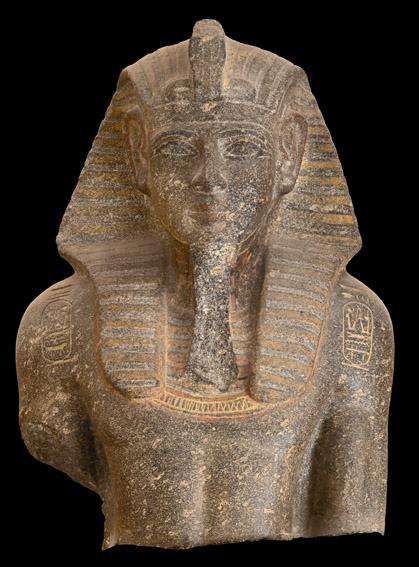The mummies of Queen Hatshepsut and King Thutmose III will be part of the long-awaited Pharaohs' Royal Parade, which will be held on April 3.
The royals are among the 22 mummies that will be transferred in a majestic parade from their current place at the Egyptian Museum in Tahrir to their final exhibition destination at the National Museum of Egyptian Civilization in Fustat.
Queen Hatshepsut is the daughter of King Thutmose I and one of the most famous figures in ancient Egyptian history.
She married her stepbrother, Thutmose II and came to the throne of Egypt and became the de facto ruler of the country. Queen Hatshepsut ruled for several years on behalf of her stepson, Thutmose III, who was young when he ascended the throne.
Traditions in ancient Egypt forbade women from becoming a king, but as Hatshepsut was the daughter of a king and the wife of another as well as carried pure royal blood, she soon proclaimed herself king.
In 1903, the mummy of Queen Hatshepsut was discovered in tomb KV60, in the Valley of the Kings, in Luxor.
King Thutmose III began his reign as king in name only for he took the throne too young after the death of his father. His stepmother, Hatshepsut, acted as regent for him for several years, then officially declared herself king, which led to the diminishing his role in power.
He became one of the greatest warrior kings in the New Kingdom.
After the death of Hatshepsut, King Thutmose III launched a series of military campaigns that increased Egypt's position as one of the great powers in the Ancient World. His battle in Megiddo is considered a model for military strategic planning.
The king's mummy was discovered in a cedar coffin in the Deir El-Bahari cache (TT 320) west of Luxor in 1881.
Contributed by Yara Sameh














